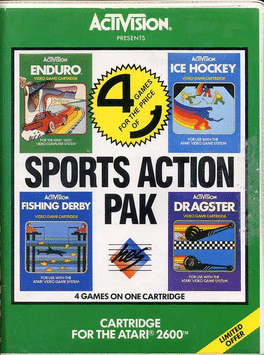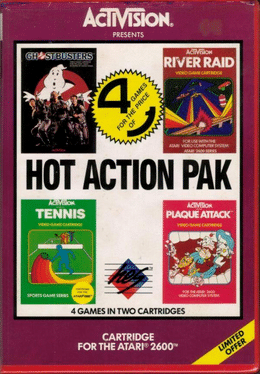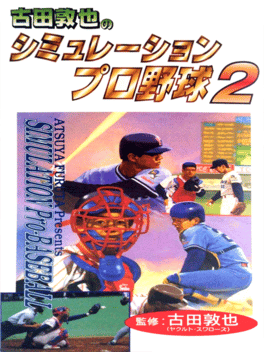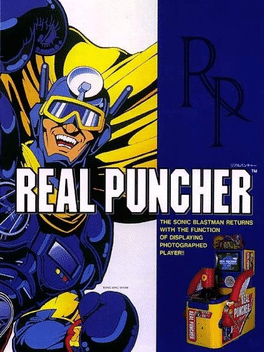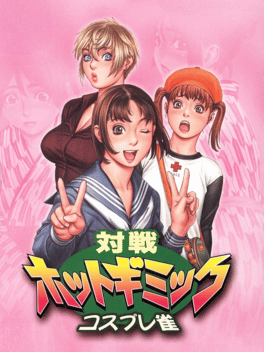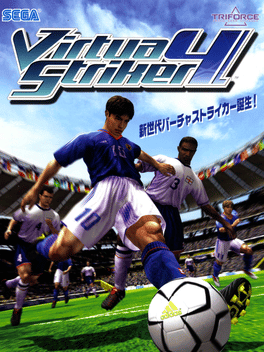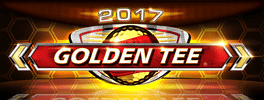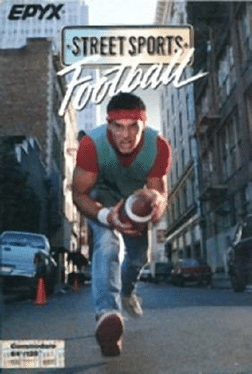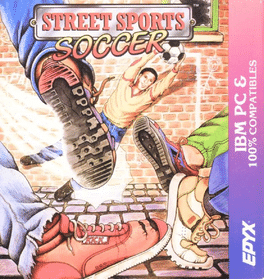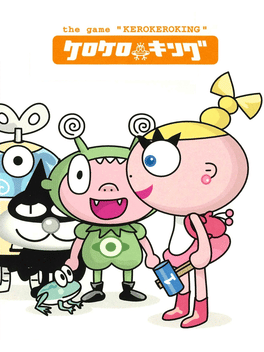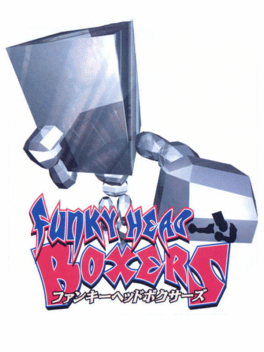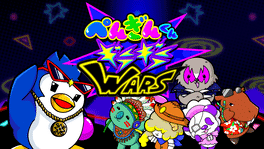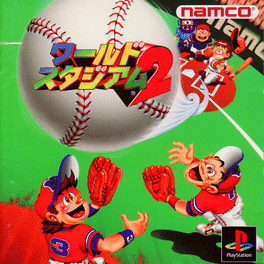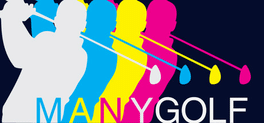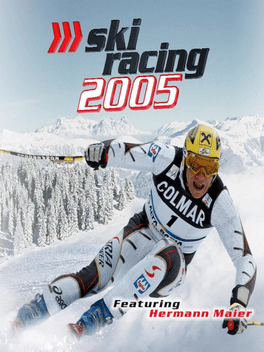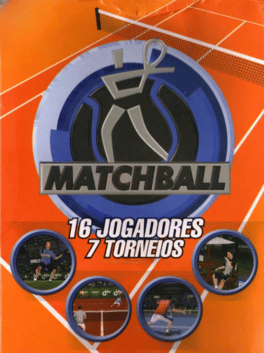Most Popular Mac Games - Page 215
-
Hot Action Pak
Three Activision games on one Atari 2600 cartridge, bundled with a copy of River Raid. -
Super Tennis Champs
1995
-
Furuta Atsuya no Simulation Pro Yakyuu 2
1996
A baseball game and the sequel to 1995's Simulation Pro Yakyuu. Features the name and likeness of Atsuya Furuta, catcher for the Yakult Swallows. -
Taisen Hot Gimmick: Cosplay-Jan
2004
The first Taisen Hot Gimmick game to hit consoles (outside of the Capcom crossover Taisen Net Gimmick). -
Virtua Striker 4
2004
Virtua Striker 4
2004
Virtua Striker 4 is a football game released for Triforce hardware and the direct sequel to Virtua Striker 3. -
Golden Tee 2017
2016
Golden Tee 2017
2016
The 2017 edition to the #1 arcade franchise in the world. Packed with 5 new courses, custom putters, and player invitational contests. -
Mini Hockey VR
2019
Mini Hockey VR
2019
Mini hockey VR is a fun game that puts you 1 v 1 with a computer goalie. you get a glove, stick, blocker, and pads to keep the puck out of your net. Try to beat him in 3 diffuculties, Easy, Pro, and All-Star. -
Street Sports Soccer
1988
-
Kero Kero King
2000
Kero Kero King
2000
Kero Kero King (ケロケロキング) is the predecessor to Ribbit King, developed by Amedio and published by Media Factory. It was released exclusively in Japan on 2 November 2000 for the PlayStation. -
Funky Head Boxers
1995
Funky Head Boxers
1995
A boxing game for arcades and Sega Saturn, where the characters have massive, cube-shaped heads which distort during game play. -
Penguin-kun Gira-Gira Wars
The animal-populated ping-pong-type game returns almost 30 years after the last installment. -
World Stadium 2
1998
World Stadium 2
1998
The second entry in the World Stadium series (after World Stadium EX), a PlayStation spin-off from Namco's Family Stadium series of baseball games. A handful of fictional teams compete alongside real Japanese league teams and players with cartoon graphics and simple gameplay. -
Manygolf
Play golf with other people in real-time as you attempt to get in the hole the fastest. -
Ski Racing 2005
2005
Ski Racing 2005
2005
Ski Racing 2005 is an officially licensed downhill racing game on skis. It includes ski pistes from various real locations such as Kitzbühl, Garmisch-Partenkirchen and Val d'Isère. The game comes with four game modes taken directly from the world championships. They are slalom, giant slalom, super-g and downhill. The game modes each focus on speed and manoeuvrability. Enjoy the fastest and most thrilling races of the ski season! Downhill, Slalom, Giant Slalom and Super-G you've got to master all disciplines to win the great crystal trophy at the end of the season. It's your turn to earn the world's attention! The mountains are waiting for you, the speed is amazing and the race feeling incredible! -
Matchball Tennis
2003
Matchball Tennis
2003
Matchball Tennis is a tennis game featuring sixteen players with different characteristics and abilities and seven arenas all over the world.
